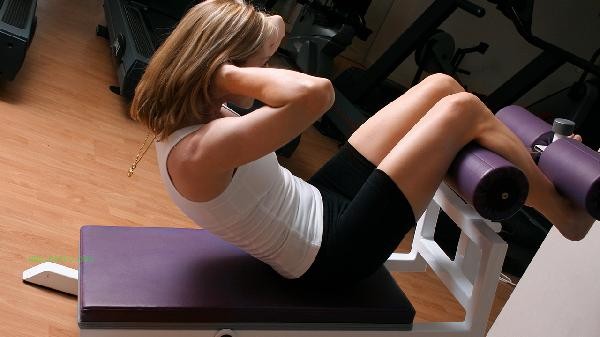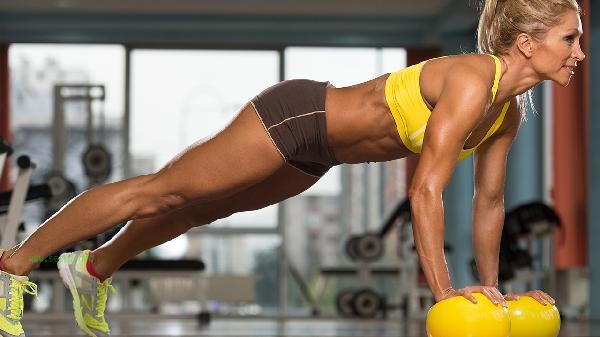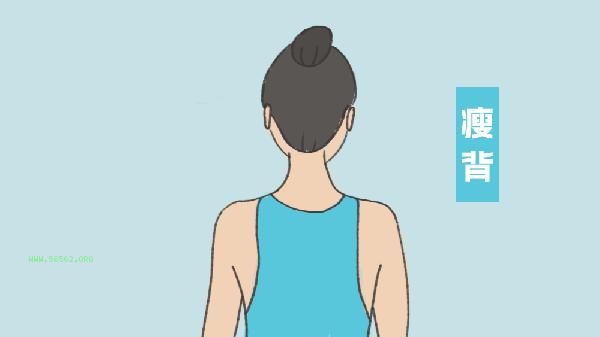The abdominal training equipment in the gym mainly includes abdominal rollers, Roman chairs, hanging leg lifts, abdominal wheels, and twisting training machines. Proper use can effectively strengthen the core muscle group.

1. Abdominal Rolling Machine
The abdominal rolling machine performs isolated training on the upper abdomen by adjusting resistance. When using, adjust the grip height to the shoulder position, press the pedals firmly with both feet, keep the waist close to the cushion, use abdominal strength to drive the upper body to bend forward when exhaling, and slowly return to its original position when inhaling. Be careful to avoid excessive neck extension or using your arms to exert force, and repeat 12-15 times per group for optimal results.
2. Roman chair
Roman chair focuses on training the stability of the lower abdomen and waist. Place your hips on the support pad, secure your ankles under the rollers, cross your hands in front of your chest or hold your head, slowly lower your body to a 45 degree angle with the ground, and then lift your torso by contracting your abdomen. Patients with lumbar disc herniation should avoid excessive backward tilting movements.
3. Suspension leg lift
The suspension leg lift requires gripping the high horizontal bar with both hands to suspend the body, keeping the trunk stable, and then bending or straightening the legs to lift them up to 90 degrees above the hip joint. This device has strong stimulation on the rectus abdominis and iliopsoas muscles. Beginners can first perform a knee bending version to avoid swinging and using force to compensate for the waist.

4. Abdominal Wheel
The abdominal wheel is suitable for intermediate and advanced trainers. When rolling forward in a kneeling position with both hands holding the wheel, the core should be tightened to prevent waist collapse, and the rolling distance should be limited to the ability to control rollback. Advanced learners can try standing posture training, but they need to ensure that their back is always straight. If they experience lower back pain, they should stop immediately.
5. Twist Training Machine
Twist training machine exercises the oblique muscle of the abdomen through rotational movements. Adjust the seat so that the handle is shoulder height, fix the lower limbs, and drive the handle to rotate by rotating the waist. Pay attention to controlling the speed to avoid inertial force. During training, maintain a breathing rhythm, exhale during rotation, and inhale during reset.

Before using abdominal equipment, it is necessary to perform 5-10 minutes of aerobic warm-up, followed by static exercises such as plank support to stretch the abdominal muscles. It is recommended to schedule 2-3 specialized abdominal training sessions per week, alternating between 2-3 types of equipment for each session, with no more than 60 seconds of rest between groups. In terms of diet, it is necessary to ensure a daily intake of 1.2-1.6 grams of protein per kilogram of body weight, supplemented with dark vegetables to supplement vitamins, and avoid high sugar and high-fat foods affecting training effectiveness. When experiencing persistent lower back discomfort or joint pain, training should be paused and professional coaches should be consulted.






Comments (0)
Leave a Comment
No comments yet
Be the first to share your thoughts!